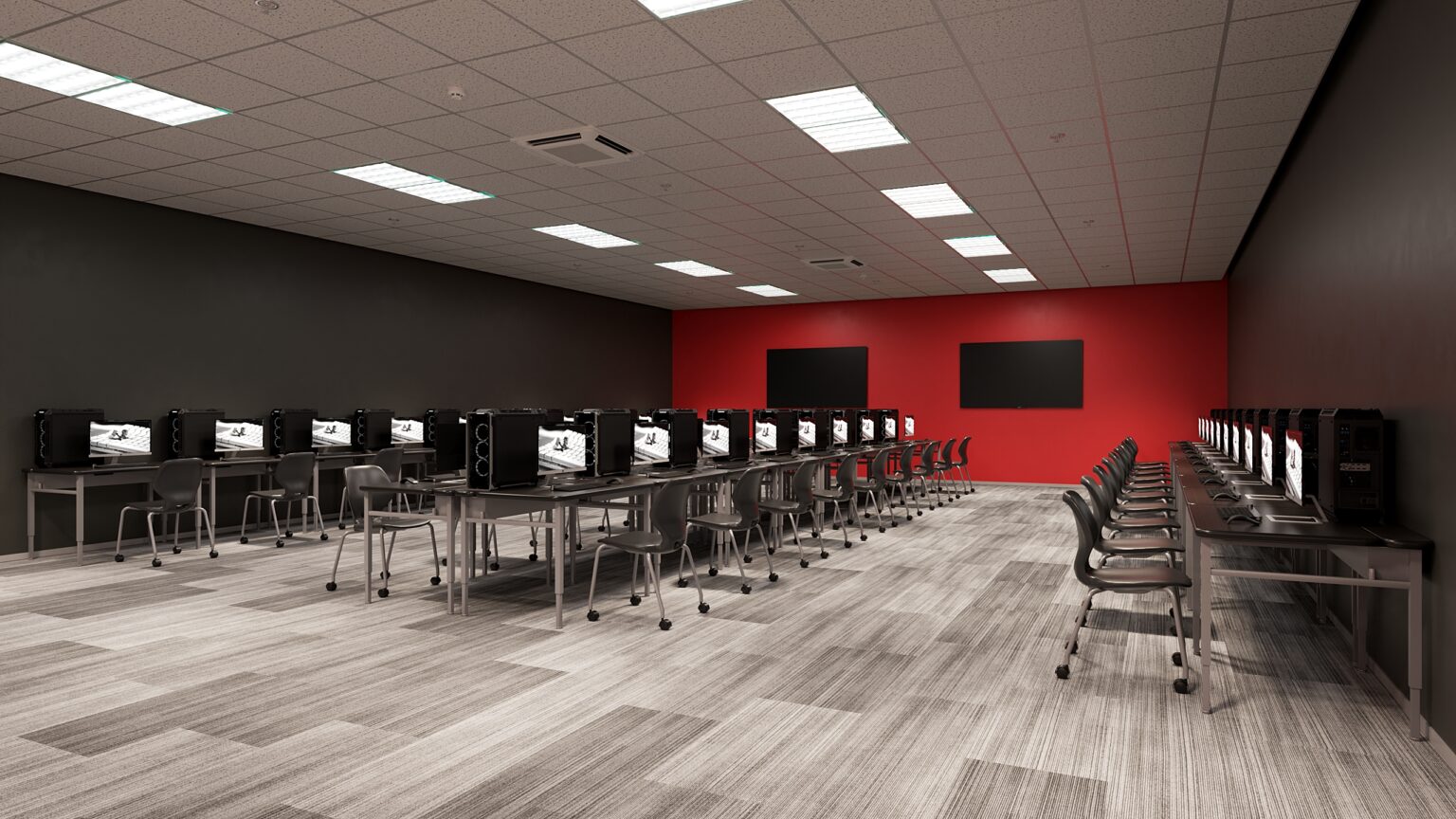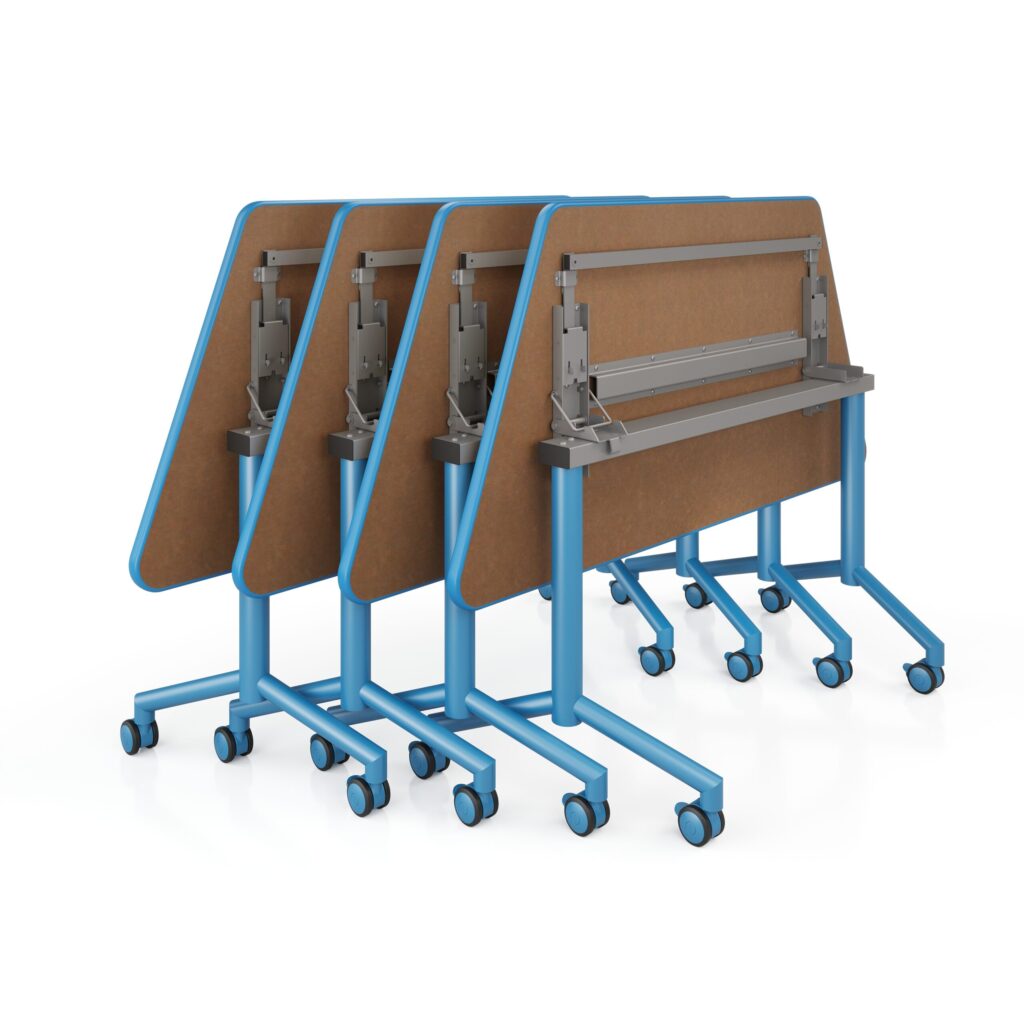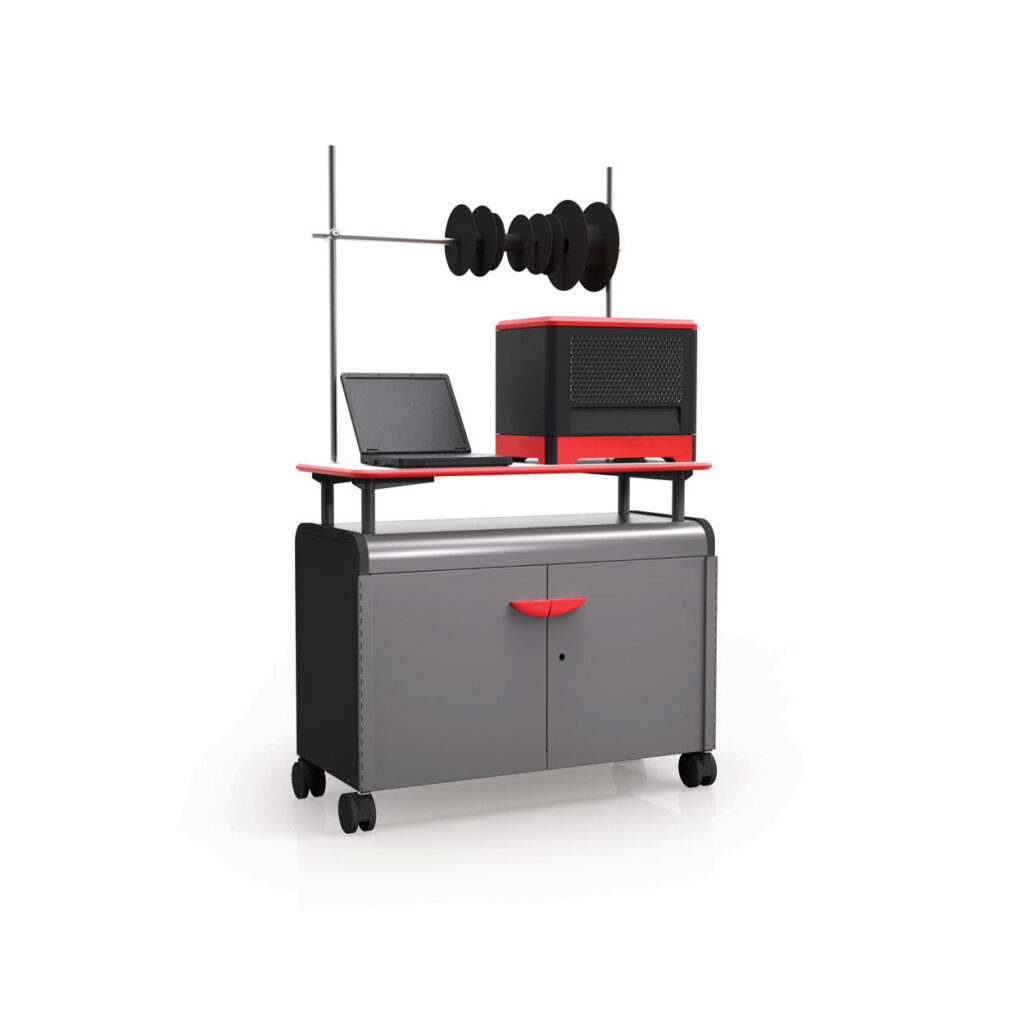Computer Labs
It makes so much more sense to design the computer lab furniture around the computer lab.
Sometimes we have to remind ourselves that the school computer lab is a fairly recent invention. In the beginning, school computer labs all featured tables positioned around the perimeter of the room to facilitate power and Ethernet connections. The concept was, pack as many screens into as small of a space as possible. Interaction between students wasn’t a consideration. Today, that’s all changed. Today, the use of computers in education has matured so much, school computer labs have morphed into countless designs. Not coincidentally, we make computer lab furniture to support them all.
Let’s start with the computer lab.
To avoid any assumptions, the first step is to ask what kind of learning environment you want to create in your computer lab. You do have a choice. Computer labs can be designed to meet a variety of teaching and learning styles – much in the same way as classrooms are being designed. For instance, with Smith System® computer lab furniture, you can choose to have the computer lab encourage student interaction or limit it.
Or, you may choose to have the lab support both modalities by splitting them into zones, one dedicated to group work, another to individual study. You may also choose to enable specialized use of computers by dedicating an area to video/multimedia editing and production, or maybe another zone into distance learning.


Powered classroom desks and tables.
Today, no manufacturer offers more choices in school computer lab furniture than Smith System. It’s no surprise that we have many options available to power devices in the computer lab. From daisy-chaining multiple tables or desks, to single in-surface power options which are perfect for powering clusters of single student collaborative desks. For more information about custom power applications, contact customer service 1-800-328-1061.

Education Trend
Computer Labs: Dead or Just Dying for Modern Makeover?
Most schools have two choices when it comes to computer labs. Denounce them as dead (or dying) or turn a drab lab into an engaging dream lab that inspires active learning for 21st Century learners.
Read more





